Maybe in a few years it will be said: Yes, it was definitely the Eurobike 2023 that heralded the end of the conventional mid-mounted motor for ebikes. Perhaps it will also become blurred in memory between the trade fair editions before and after. So soon after the gates closed in Frankfurt am Main, we can at least imagine that three letters will definitely stick: MGU. The abbreviation for “Motor Gear Unit” and thus one of the innovations that has really earned this designation. Not because no one had tried something similar before. But because no one has combined motor and gearbox for an ebike in such a skilful way before. Admittedly, we were very impressed. Here’s why.
1. What is the Pinion MGU?
2. Which gearbox does the manufacturer use?
3. Is Pinion working with a completely new ebike motor?
4. What are the main advantages of combining motor and gearbox in one unit?
5. What are the differences in weight and weight distribution compared to other drive concepts?
6. How does the gear shifting work?
7. What assist levels does the drive system offer?
8. What is behind the predefined riding profiles “Comfort” and “Performance”?
9. How many models of the MGU are there at present?
10. Is the MGU embedded in a complete ebike system?
11. Is there an app for it?
12. Which brands currently offer ebikes with a Pinion E-Drive?
13. Will there be more in the future?
1. What is the Pinion MGU?
According to Dirk Menze, Head of Marketing & Design at Pinion, it is nothing more and nothing less than a logical consequence. In its MGU, Pinion brings together what, in the opinion of the company and quite a few other people, has been separated for too long. Electric motor and gears. Not only on an ebike, but in a common housing in the bottom bracket of an ebike. In fact, there is even more to the overall package. In addition to the motor and the almost complete drive train, there are sensors and control systems. Everything together is based on 48-volt technology.
2. Which gearbox does the manufacturer use?
One of the central components of the MGU is the long-proven Pinion shifting technology. The C1.12 and C1.9 gearboxes are used, which are based on spur gearing with two gear sets connected in series. They were only slightly modified for implementation in the new drive. For example, Pinion has worked on the internal gearing to improve the frictional connection. The gear range has remained the same. An MGU with twelve gears offers 600 percent, while the version with nine gears comes to 568 percent.
3. Is Pinion working with a completely new ebike motor?
Since Pinion has not been a motor supplier for ebikes so far, there were two options in this regard: Either develop something of its own or look around for a suitable unit that is already being used somewhere else. Given its historical and geographical proximity to the who’s who of the automotive industry – the idea for Pinion’s central gearbox originated at Porsche and the company is located just outside Stuttgart – it is not surprising that option two was chosen. The wear-free, brushless motor comes from cars. There it drives power steering systems in a 100,000-fold. For use in the MGU, it has been equipped with stronger magnets. The integrated sensor system records important values that help determine the characteristics of the riding modes as well as smart functions:
- input torque
- motor speed
- position of the gearshift shaft
- position of the crank arms
- cadence
- riding speed
4. What are the main advantages of combining motor and gearbox in one unit?
Basically, the MGU can claim four major plus points. The first is the construction in a common housing. Dust, dirt, water, road salt, whatever – the drivetrain remains unaffected by it all. This results in advantage number two, the enormous durability. According to the manufacturer, the drive works almost wear-free. As maintenance, a ten-minute oil change every 10,000 kilometres is sufficient. Thirdly, it makes external gearing systems superfluous. This saves weight, costs, nerves and conserves all our resources. And last but not least, the MGU sits where any design department would place it if there were a free choice: centrally and low on the bike. There, where the bottom bracket is located for a reason. In terms of weight distribution on the ebike, this is the best possible place.
5. What are the differences in weight and weight distribution compared to other drive concepts?
At first glance, the motor gear unit results in a higher weight. A current mid-mounted motor with a comparable torque of 85 Newton metres like the Bosch Performance Line CX weighs 2.9 kilograms. Depending on the version, the MGU weighs either 4.0 kilograms or 4.1 kilograms. However, the weight of the gearing already included. If you add a separate hub gear to the conventional mid-mounted motor, you will quickly reach five kilograms or more. The combination of a mid-motor and separate derailleur is much lighter and weighs less than four kilograms. However, the rear derailleur and the cassette are located on the rear wheel and have a negative effect on the dynamics of the bicycle as unsprung mass. Due to the fact that the mass is gathered in the bottom bracket area, Pinion’s solution also performs better than derailleur gears. Especially the rear triangle of full-suspension ebikes is noticeably relieved, which should lead to better traction and thus to significantly more control and fun on the trails.
6. How does the gear shifting work?
Shifting is done electronically with the MGU. This is possible at a standstill, under load and in every gear. A self-developed lever transmits your trigger to the gearbox in fractions of a second. With the help of a system called Pinion Smart.Shift, you can also shift several gears at once. Thanks to the extensive sensor technology, the motor recognises at all times in which gear you are riding at which cadence and adjusts the speed accordingly.
Pinion has also implemented two semi-automatic functions. The first is called Pre.Select. Thanks to this function, the drivetrain registers your speed even when coasting and automatically selects the gear that matches this speed. This means that you don’t miss a pedal stroke when you come out of a climb into a descent and want to maintain your momentum on the descent or when going into a flat section. In addition, it cannot happen that you come out of a descent with excess speed into a climb and then frantically look for a smaller gear ratio. Pre.Select has already provided this for you.
Similar to what you might know from Bosch’s eShift for Enviolo hub gears, Pinion has also thought ahead when starting from a standstill. For this situation, you can use Start.Select to set a gear in which you would like to start, for example, after stopping at a traffic light.
7. What assist levels does the drive system offer?
Pinion has channelled the potential of the MGU into four riding modes:
- “Eco” for maximum range
- “Fly” for constant full power
- “Flow” as an adaptive riding mode, designed to be more progressive
- “Flex” as an adaptive riding mode, designed to be more progressive
A walk assist and an extra boost that can be activated at the touch of a button complete the selection. In the FIT EBike Control app, you can customise all the listed assist levels.
8. What is behind the predefined riding profiles “Comfort” and “Performance”?
To make it easier to adjust the riding modes, every bicycle manufacturer delivers its models with the MPU with two standard setups. In the two profiles “Comfort” and “Performance”, the aforementioned assist levels are tuned and harmonised with each other in a specific way.
The “Comfort” setup is ideal for cyclists who prefer a riding experience during commuting, a bike trip or longer tours that does without extremes and tends to conserve battery power. The “Performance” setup is much sportier. The power develops more quickly, but remains controllable at all times.
You can use both setups as a point of departure and see how well you get on with them in different riding situations. Nothing is written in stone. All the presets can be adjusted in the app.
9. How many models of the MGU are there at present?
Although there is only one size of the magnesium housing, there are already four different versions of the drive. You can distinguish them either by the number of gears available or by their suitability for pedelecs and speed pedelecs. The E1.12 and E1.12S models have twelve gears with a gear ratio range of 600 percent. In the case of the E1.9 and E1.9S, there are nine gears with a gear ratio range of 568 percent. The S at the end of the name identifies the drives for speed pedelecs. They have a peak output of up to 800 watts, while the pedelec drives reach 600 watts.
- Pinion MGU E1.9
- Pinion MGU E1.9S
- Pinion MGU E1.12
- Pinion MGU E1.12S
Identical, however, are the torque of around 85 Newton metres and the maximum assistance of 400 percent.
Technical details of the Pinion MGU drive unit at a glance
- Rated voltage: 48 V
- Rated power: 250 W
- Peak power: 600 W for pedelecs / 800 W for speed pedelecs
- Maximum assistance: 400
- Number of gears: 12 / 9
- Weight: 4.1 kg / 4.0 kg
- Housing material: die-cast magnesium
- Q-factor: 174 mm
10. Is the MGU embedded in a complete ebike system?
From the very beginning, Pinion thought beyond its MGU and decided to serve the entire periphery. The partner responsible for this in the project is the Swiss Biketec GmbH with its FIT brand. Batteries and control units consequently come from this manufacturer. Bicycle manufacturers can combine the following components as they wish when designing their ebikes with the Pinion E-Drive, as the complete ebike system is called:
- FIT Display Comfort
- FIT Display Compact
- FIT Remote Display
- FIT Remote Basic
- Battery FIT Ultracore 480
- Battery FIT Ultracore 720
- Battery FIT Ultracore 960
- Battery FIT TP 700
- Battery FIT Range Extender
- FIT Display Comfort
- FIT Display Compact
- FIT Remote Display control unit
- FIT Remote Basic control unit
- FIT Ultracore 960 battery
- FIT Ultracore 720 battery
- FIT Ultracore 480
- FIT TP 700 battery
- FIT Range Extender
- FIT charger
11. Is there an app for it?
The necessary app for the displays, control units and batteries also comes from FIT. In the FIT ebike control app, you can, for example, change the functions of Smart.Shift and set very specific values for the power output, the power input and the power development in the individual riding modes. The app also contains explanations on how to do this.
12. Which brands currently offer ebikes with a Pinion E-Drive?
The current presentation at Eurobike 2023 was preceded by a five-year development, testing and production phase. For this, Pinion teamed up with the following nine cooperation partners:
- Bulls
- Flyer
- i:SY
- Kettler
- Pegasus
- Rotwild
- Simplon
- ToutTerrain
- Zemo
Most of them were also on site in Frankfurt am Main with these new products. A total of 30 models with the Pinion E-Drive have been announced for this year.
13. Will there be more in the future?
In conversation with us, Pinion confirmed that the big rollout will take place in the coming year. So it definitely won’t stop at these 30 models. In addition, the company has put out feelers for further cooperation partners. Presumably, the number of brands that will equip part of their product range with the Pinion E-Drive will increase as well.
Pictures: Pinion GmbH

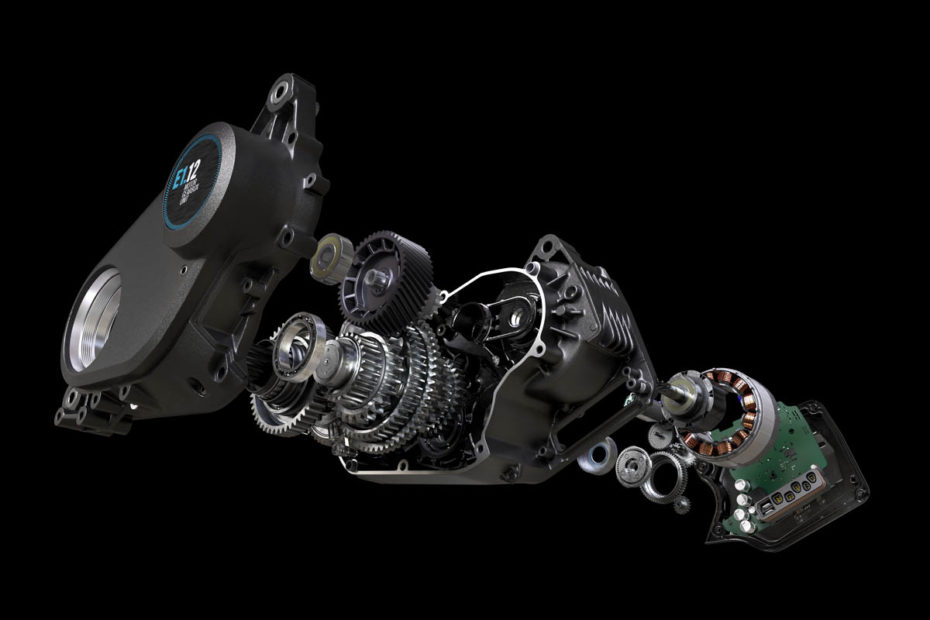
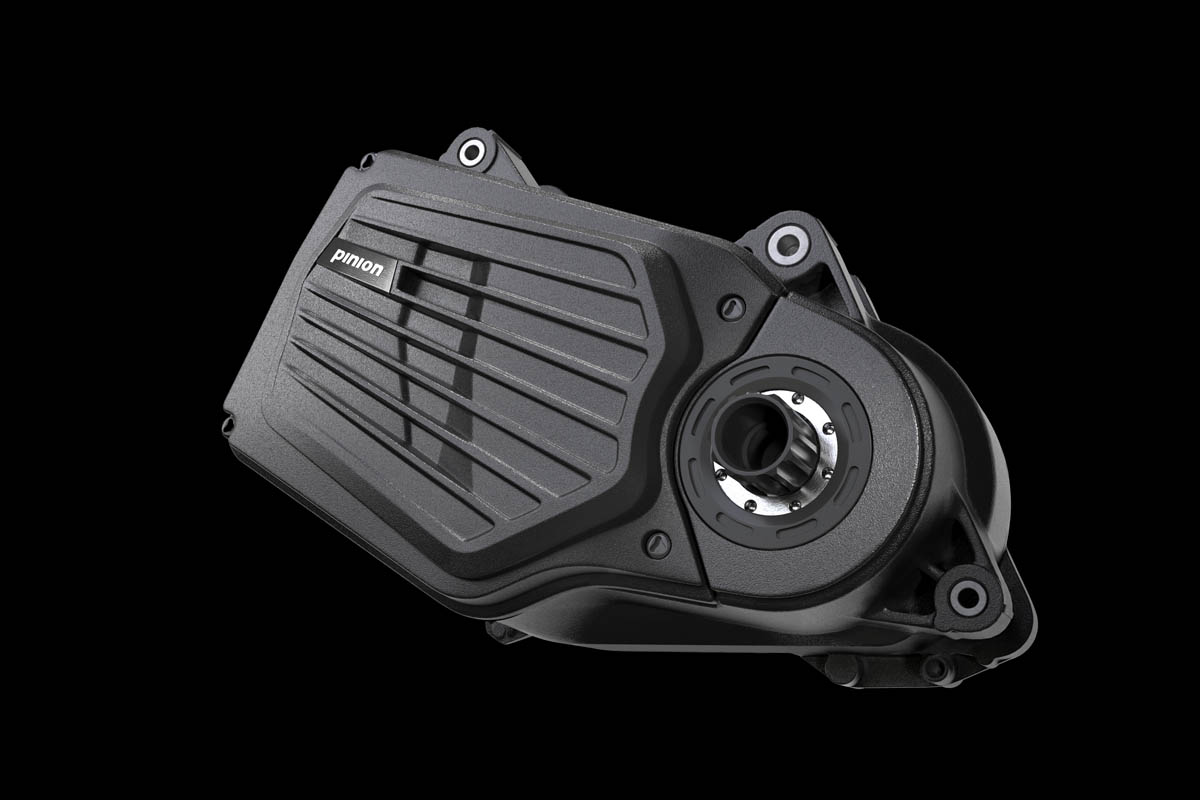
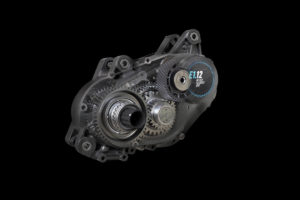
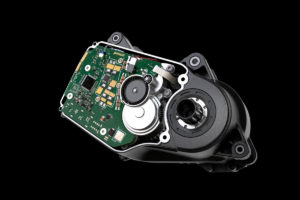
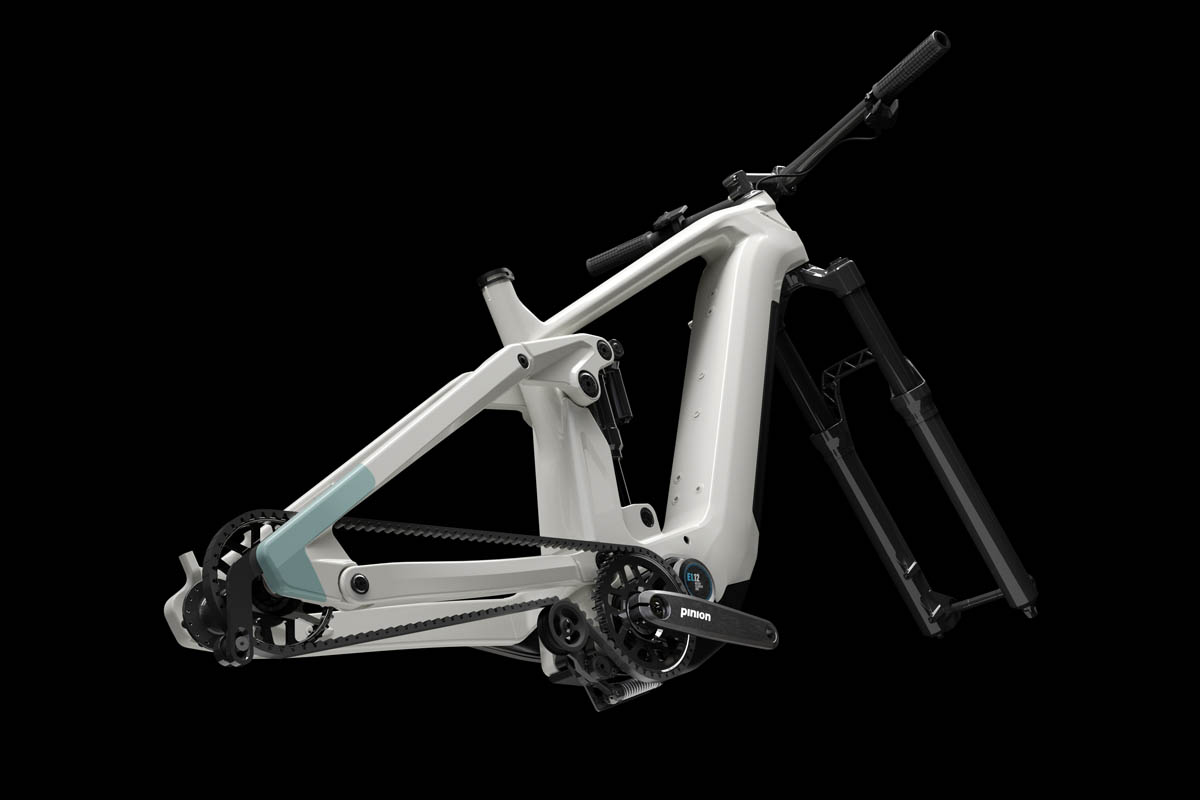
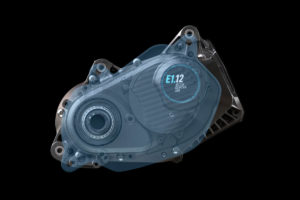
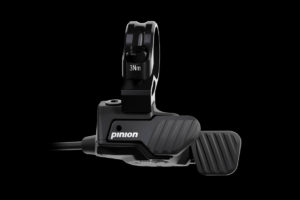
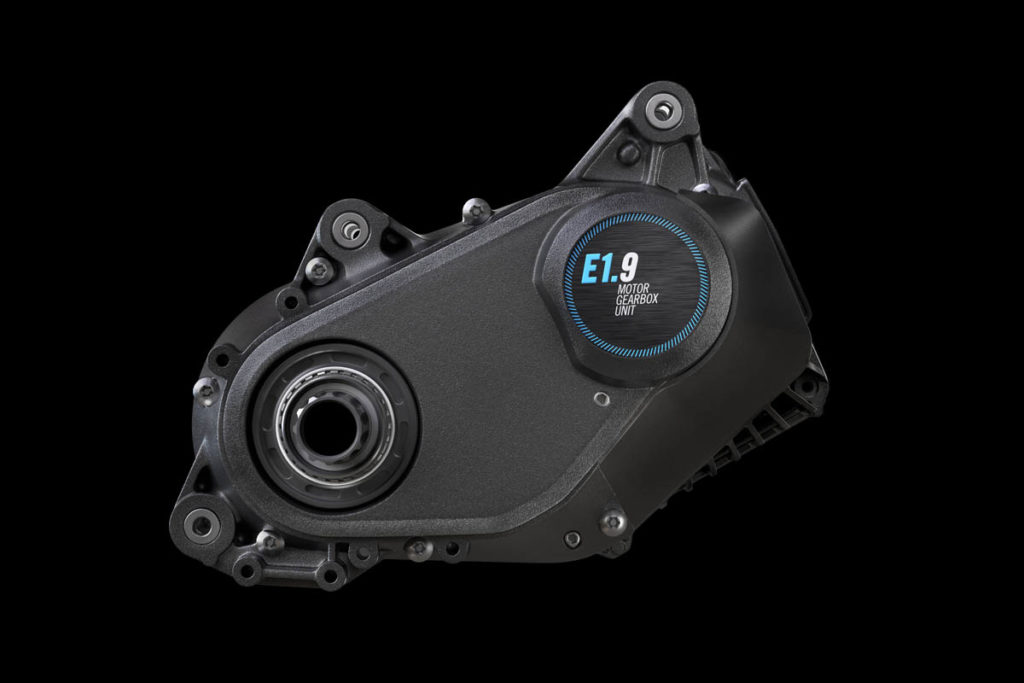
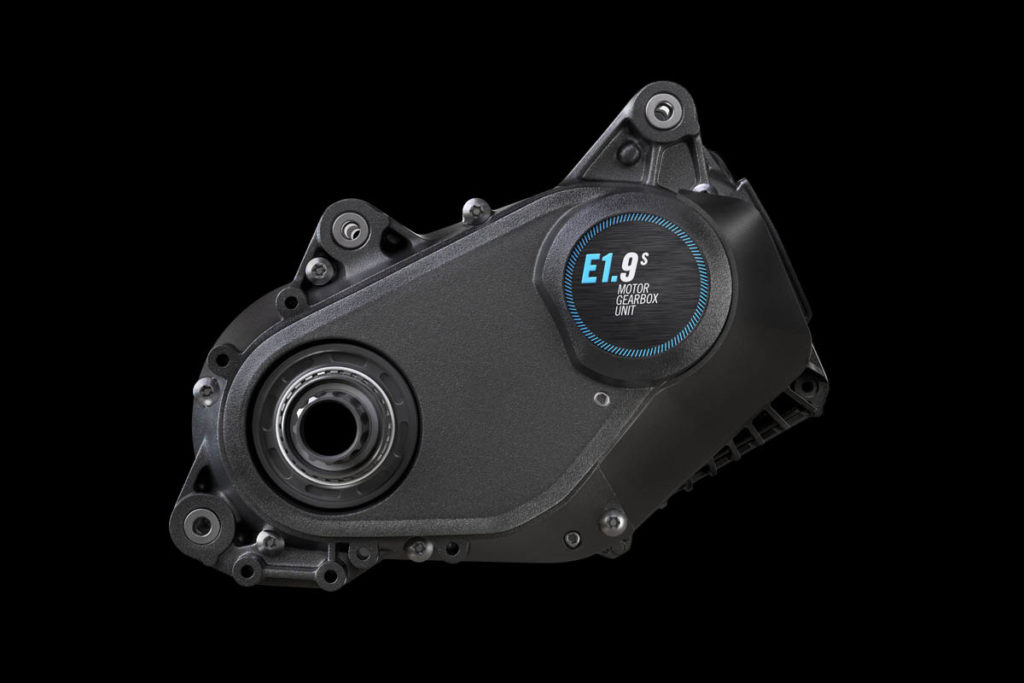
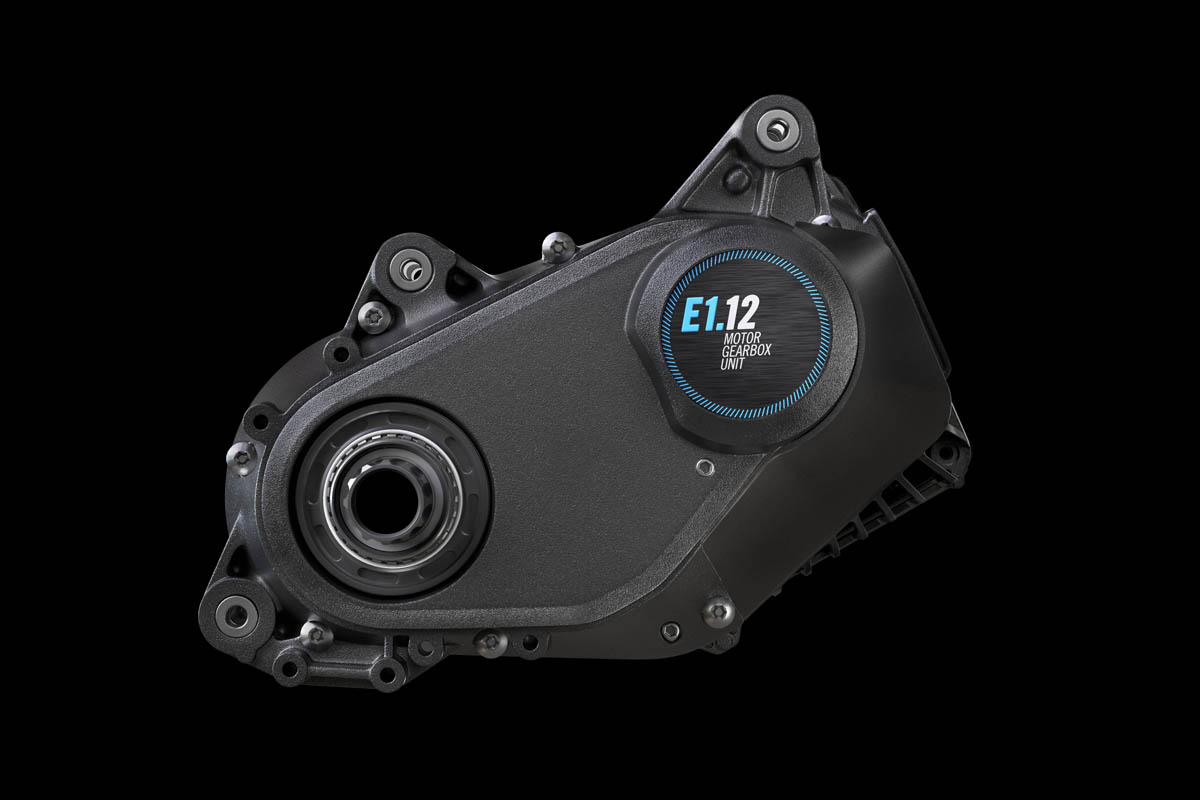
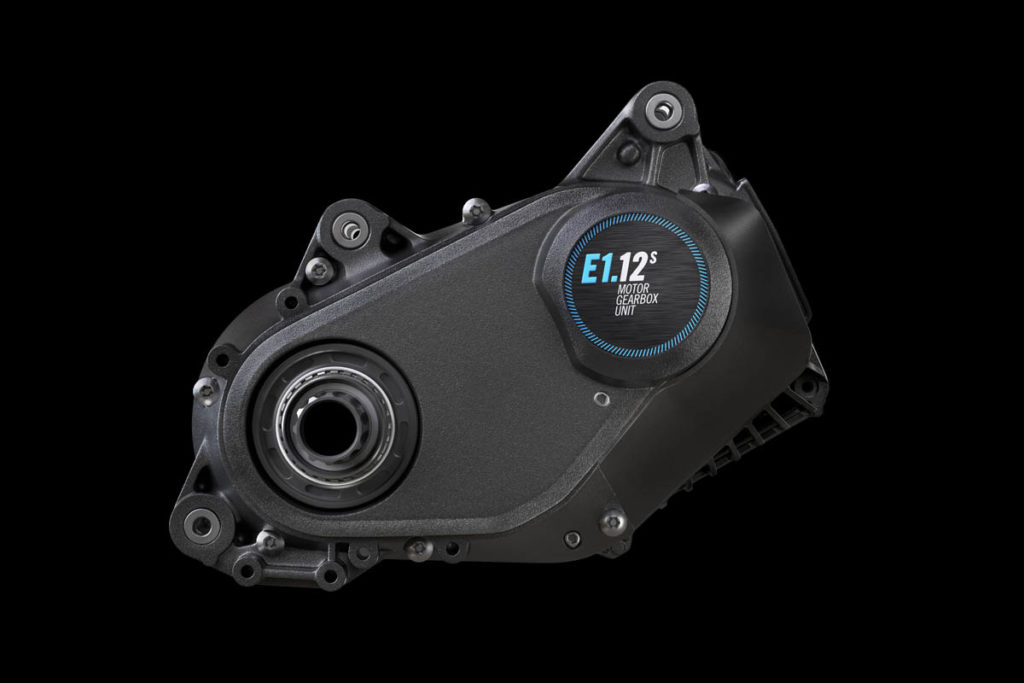
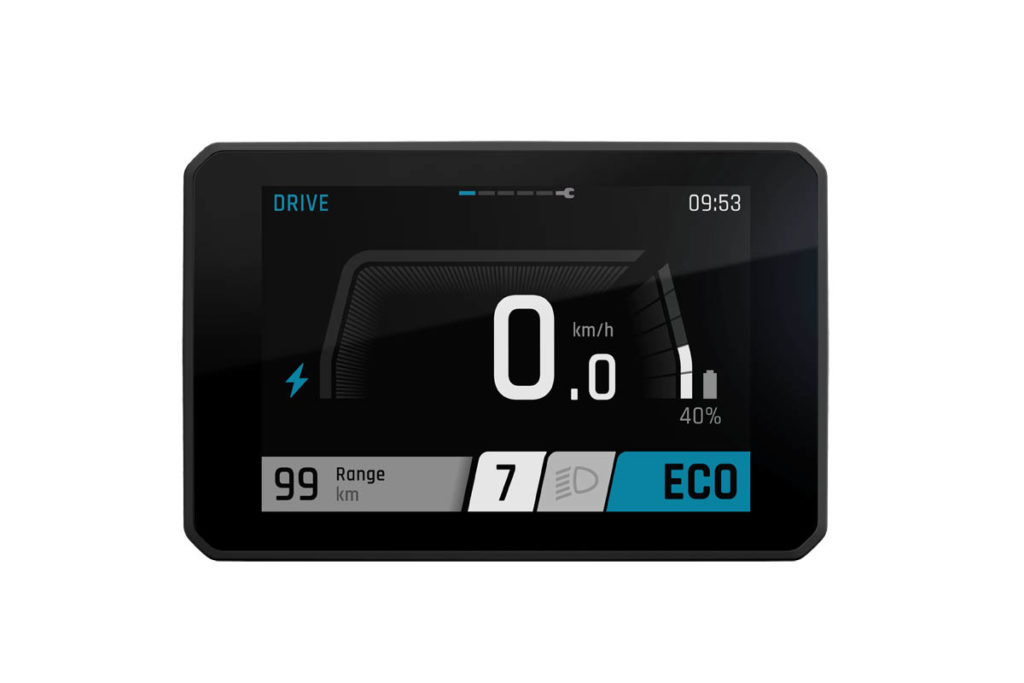
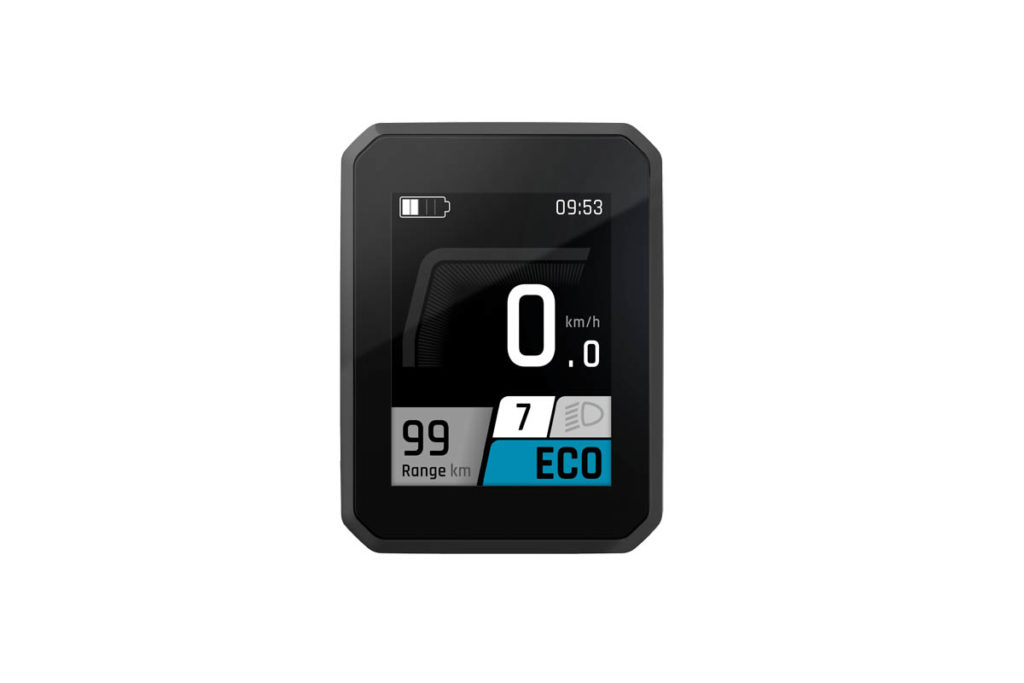
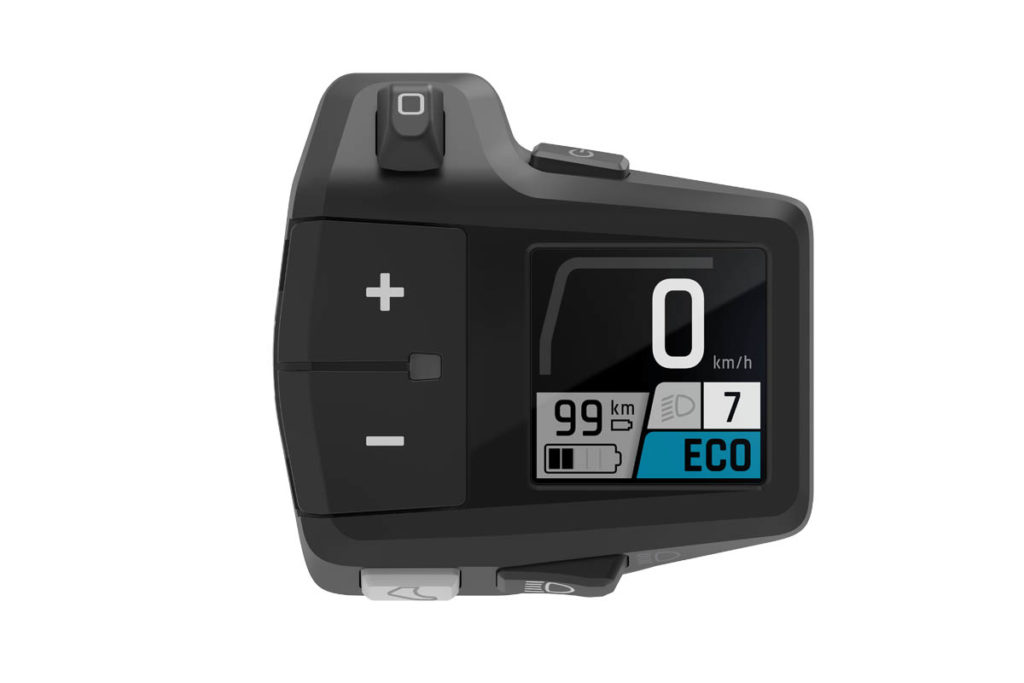
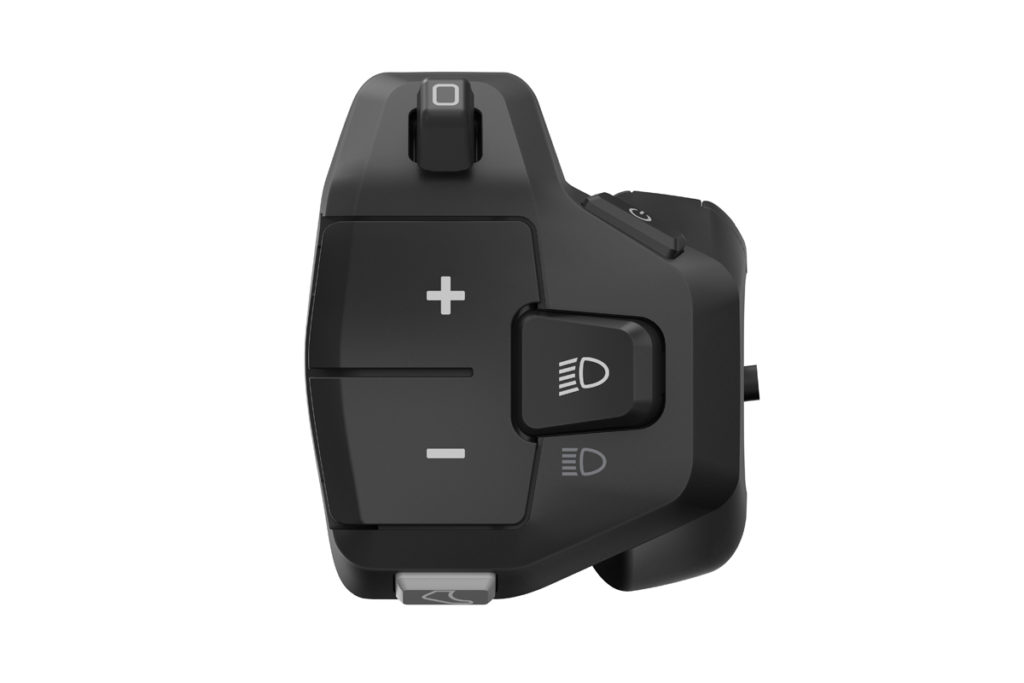
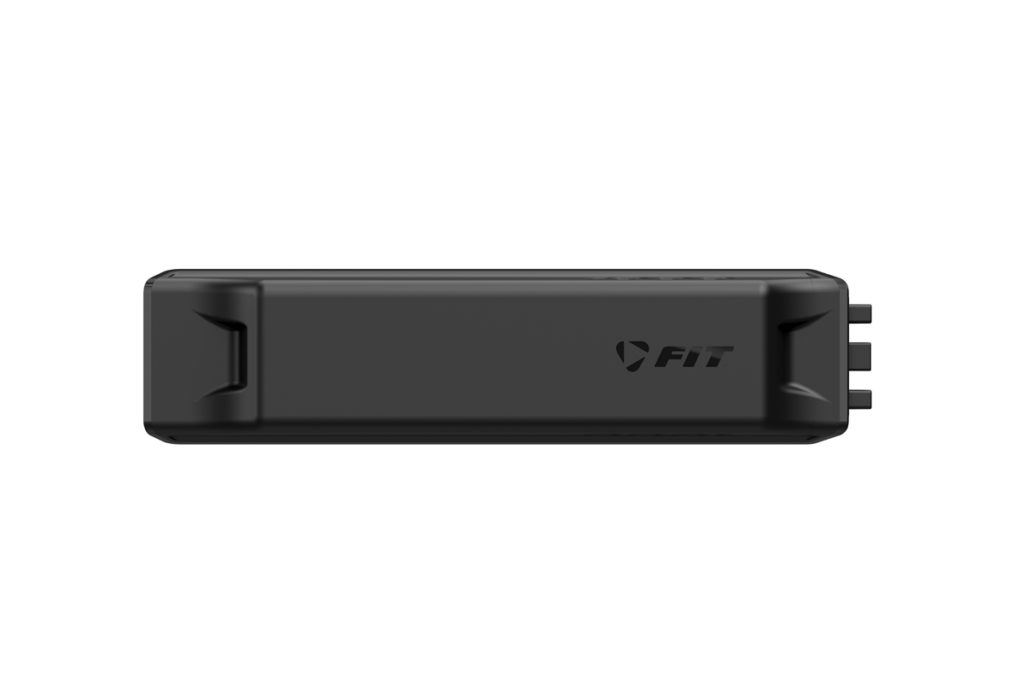
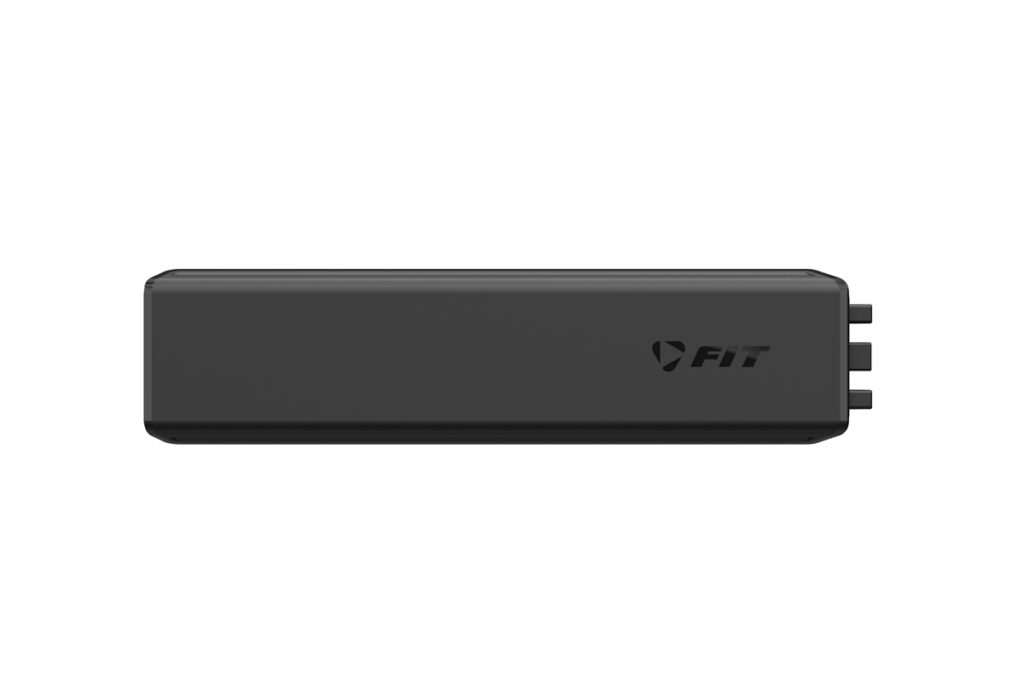
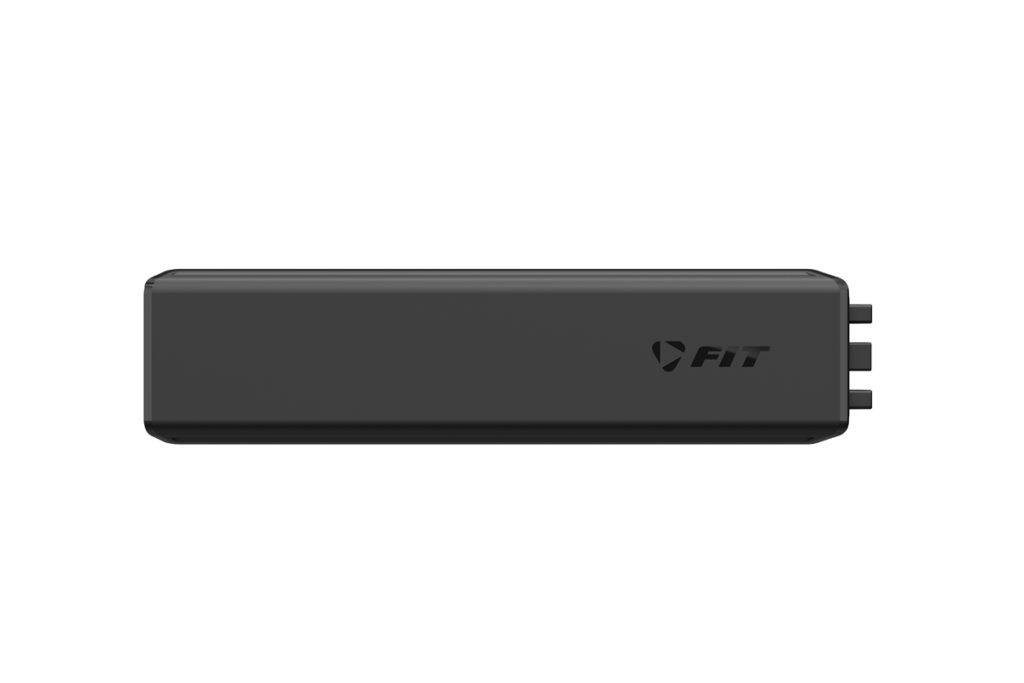
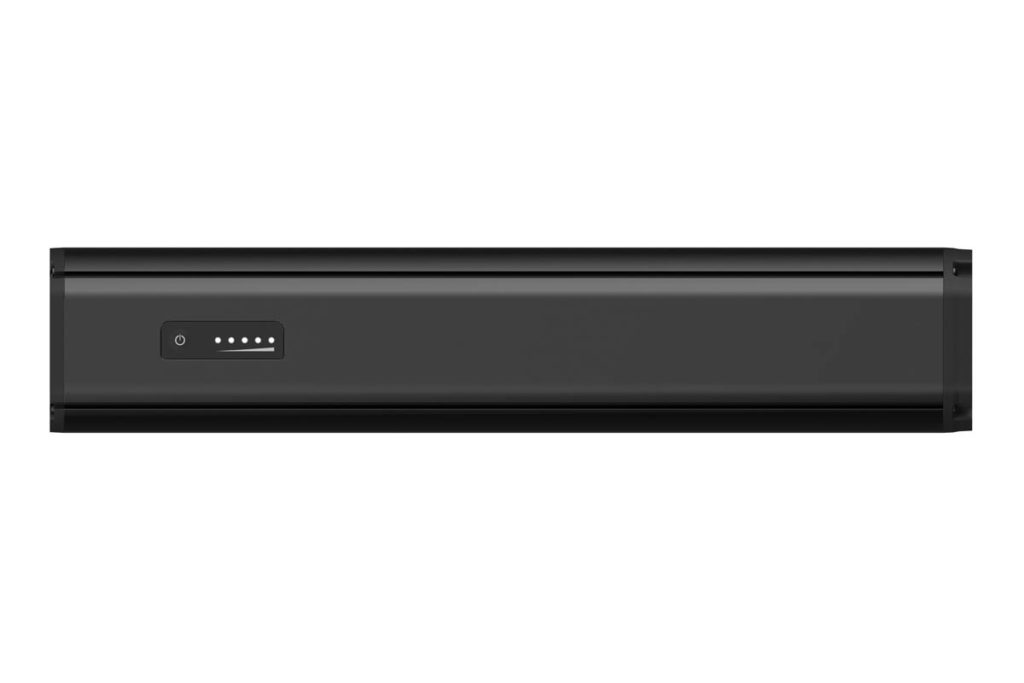
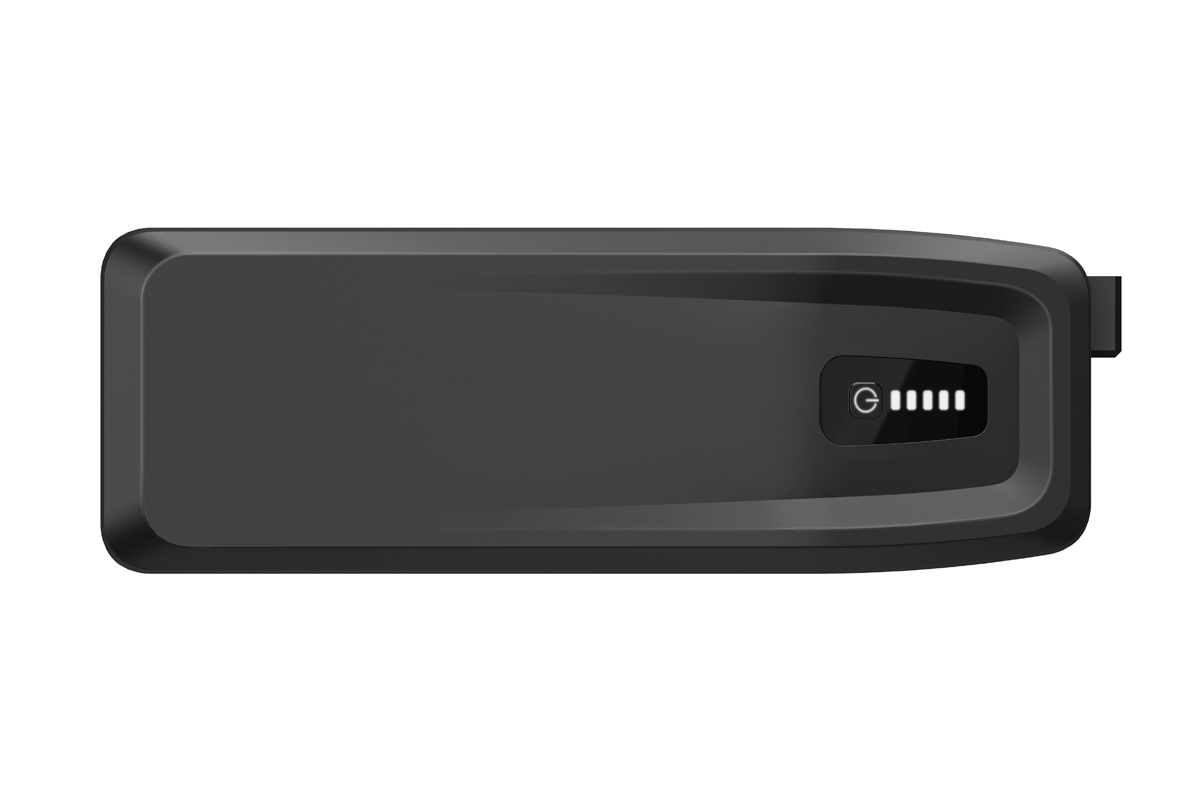
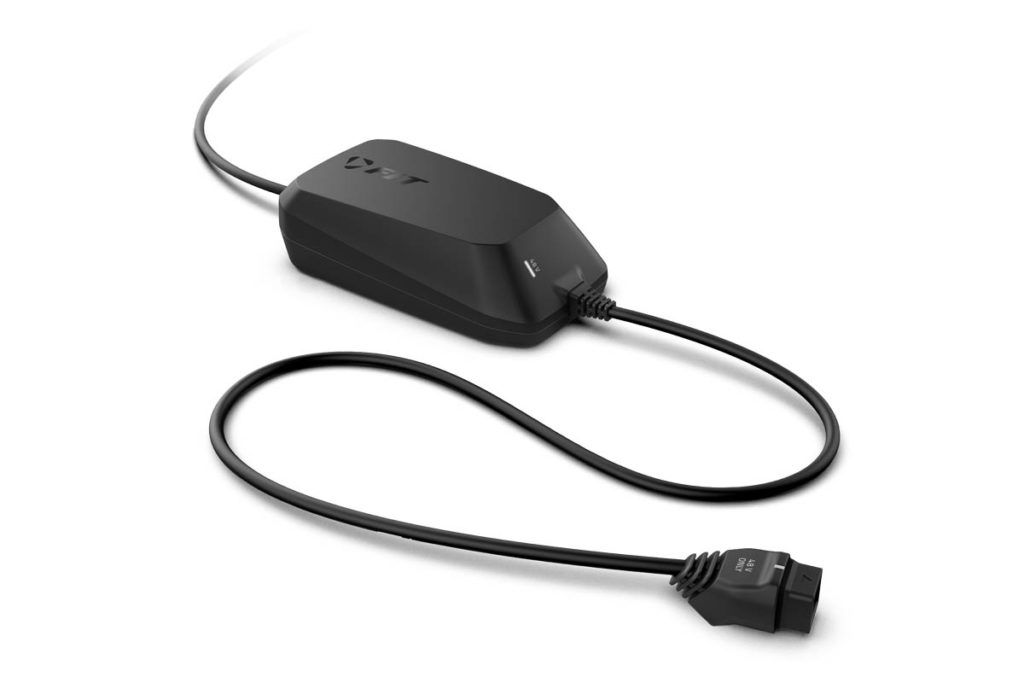
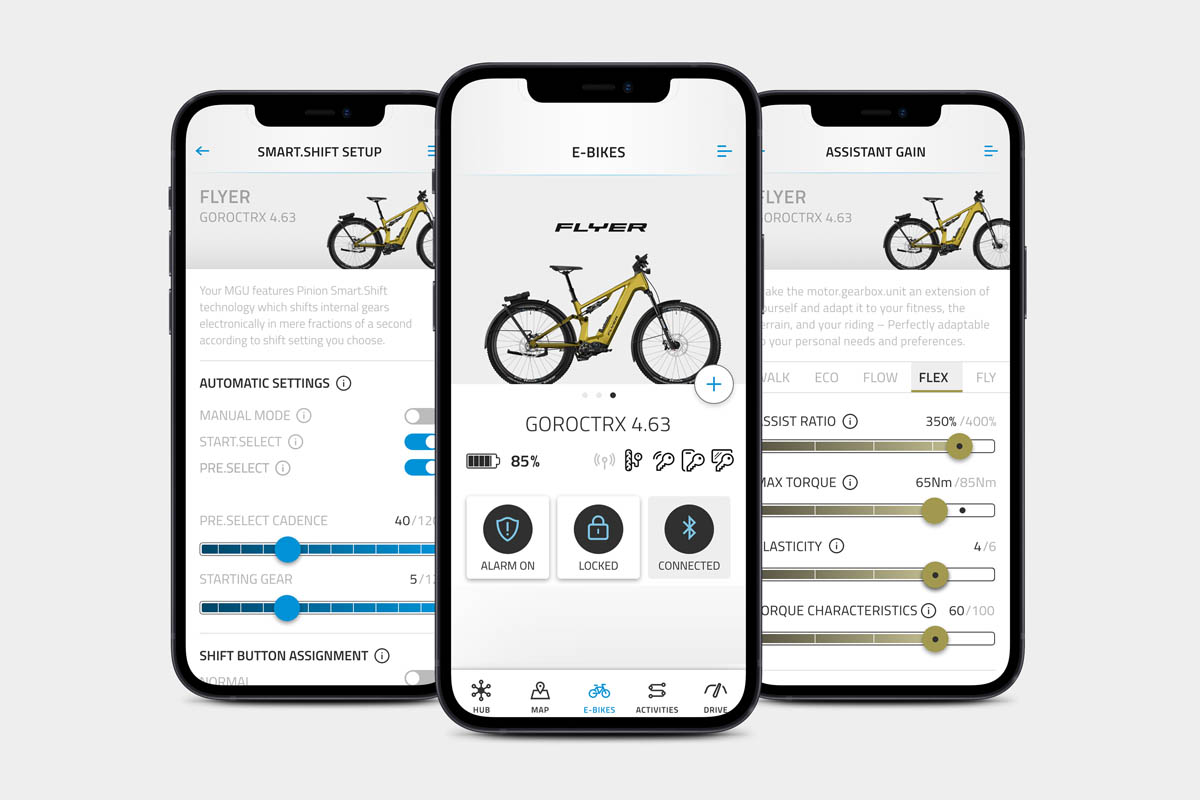
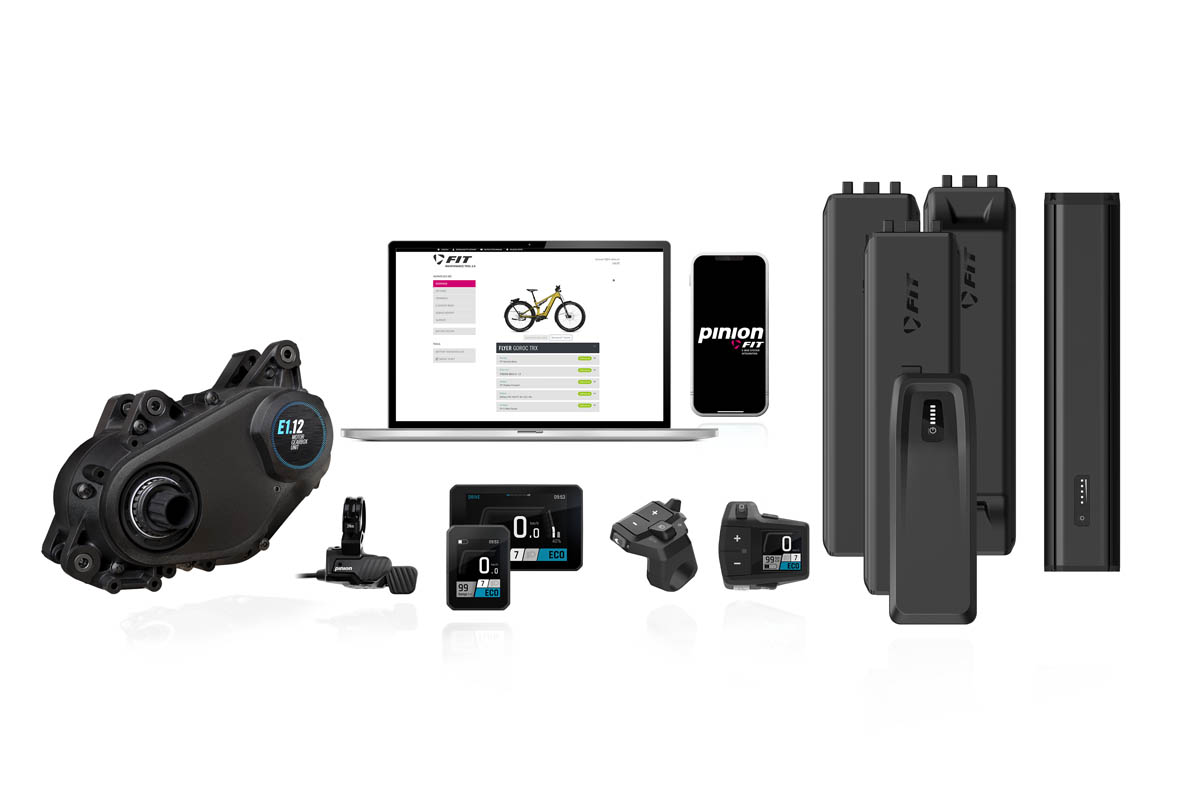



Can you ride without motor assist?
Hi Tomáš,
Yes you can.
Thanks.
Cheers, Luca
Thank you for your response. An other question I have is the speed at 100rpm at the lowest gear. Is there any information about that?
Hello,
Unfortuanately, not yet. Instead, I’ve found an information the shifting speed. It should be 0.2 seconds.
Cheers, Matthias
What will be the shifting speed? Looking at Rohloff, that shifting speed is to slow when you have a sporty ride.
And how about noice?
Hello,
Since we had not opportunity to ride a bike featuring the MGU by ouurselves so far, we are limited to the information given by Pinion. The company speaks of shifting several gears within the fractions of a second. Riding in higher gears, the system is said to run almost noiseless.
Cheers, Matthias